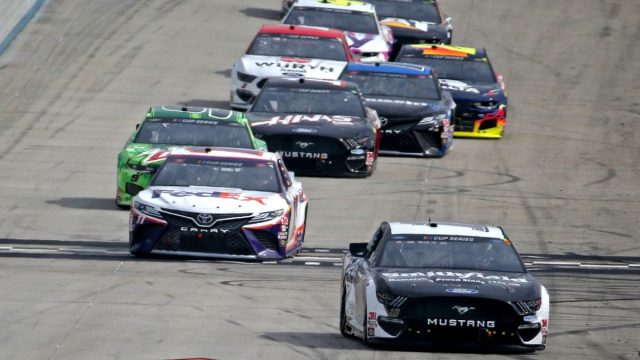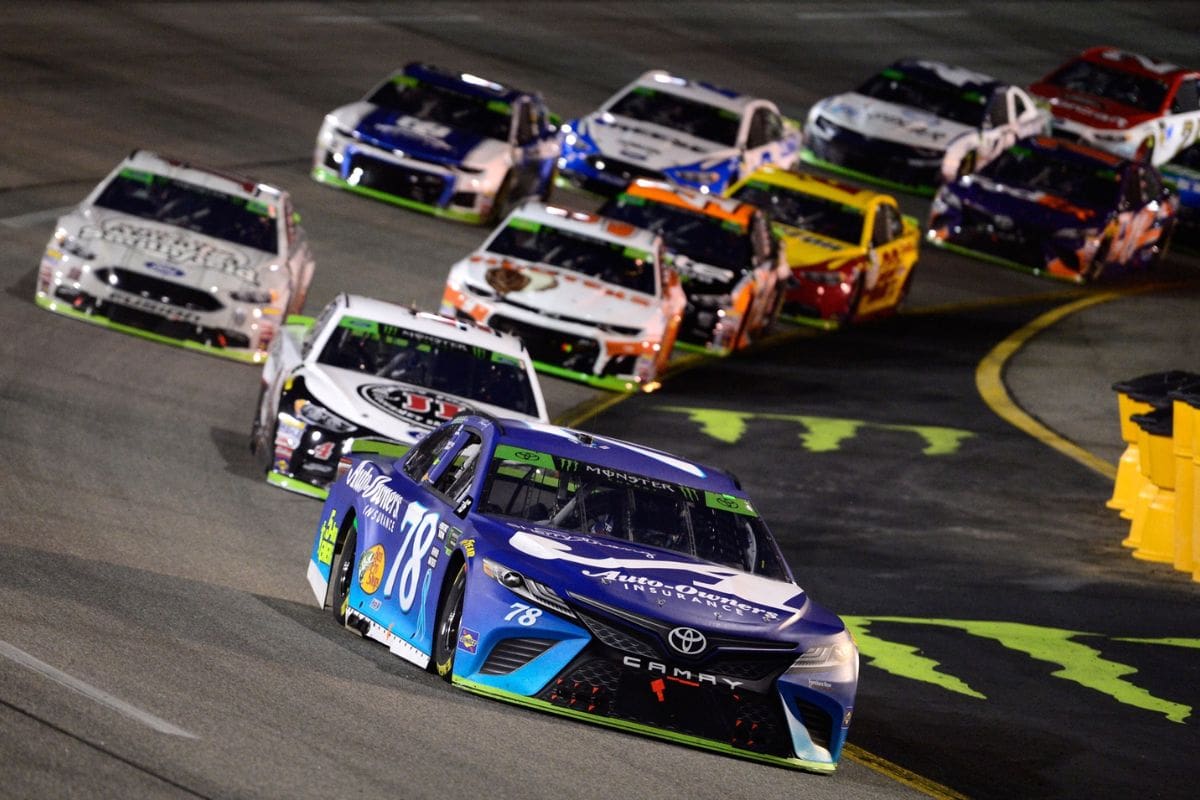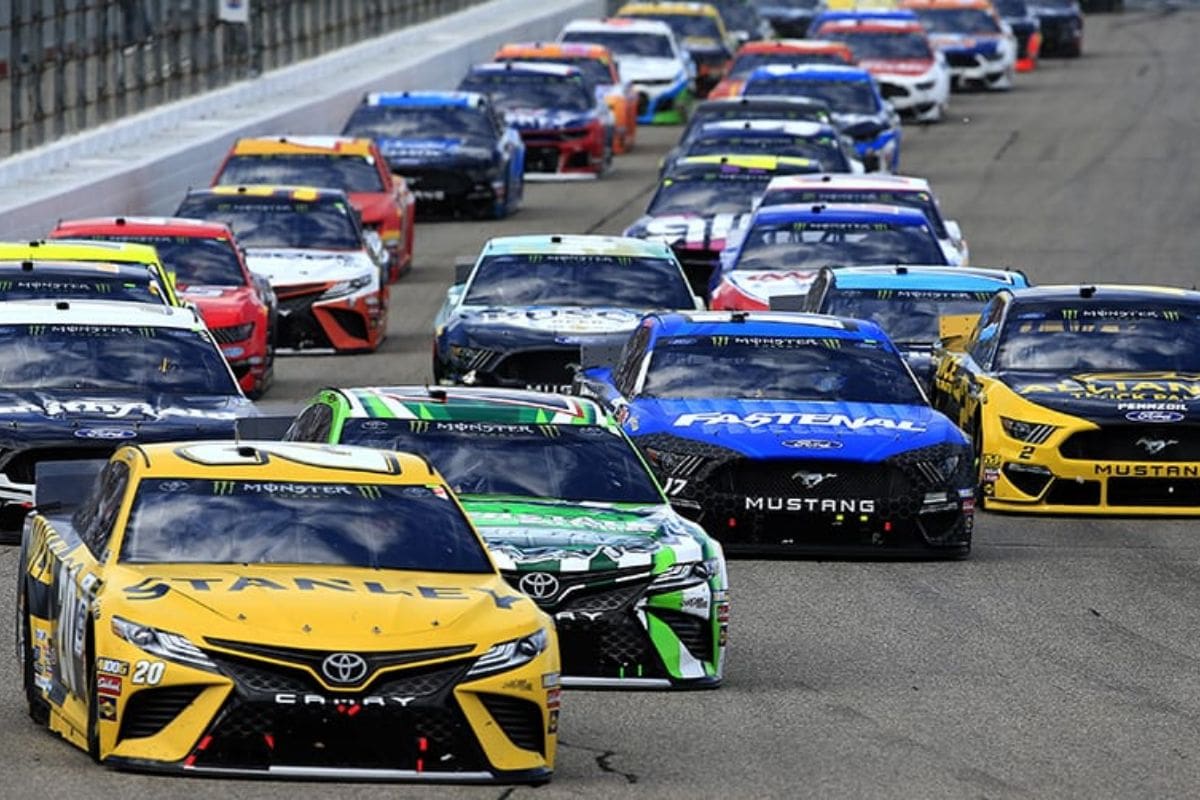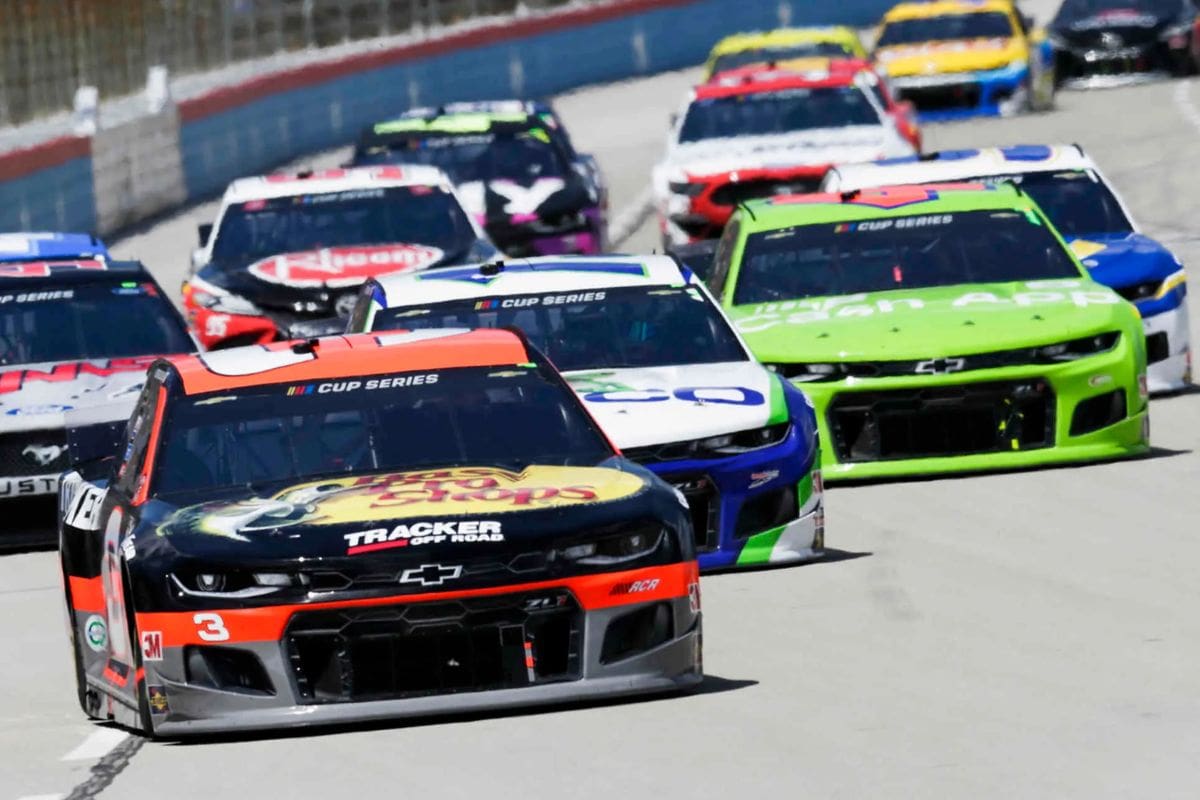NASCAR’s Million-Dollar Strategy: NASCAR’s recent media rights deal and accompanying driver incentive program reflect a complex intersection of financial ambition and ethical responsibility, compelling teams to navigate a precarious balance. As the sport seeks to capitalize on global opportunities, the strain to deliver results can inadvertently hamper the driver’s safety and well-being. This tension raises critical questions about the sustainability of such a profit-driven model. Are teams prepared to prioritize their athletes, or will the allure of heightened revenue overshadow their commitment to driver welfare?
Key Highlights
- NASCAR’s new media rights deal boosts annual revenue by 40%, intensifying financial pressures on teams regarding driver welfare initiatives.
- The Driver’s Incentive Program ties financial rewards to performance metrics, raising concerns about driver safety and pressure to perform.
- Centralized marketing strategies may compromise team autonomy, leading to conflicts between profit motives and prioritizing driver welfare.
- Ongoing sponsorship disputes highlight the tension between maintaining traditional race formats and adapting to new revenue streams.
- Stakeholder feedback is crucial for balancing profit-driven strategies with sustainable practices that prioritize driver welfare and long-term success.
NASCAR’s New Media Rights Deal
NASCAR’s new media rights deal marks a significant shift in the landscape of motorsport broadcasting, reflecting the organization’s commitment to adapt to the evolving demands of the entertainment industry. This landmark agreement, valued at $7.7 billion and effective through 2031, signifies a 40% increase in annual revenue from media rights, positioning NASCAR to compete more aggressively against prominent sports leagues like Formula 1, the NBA, and MLB.
The deal’s structure, incorporating traditional broadcasters Fox Sports and NBC Sports alongside streaming platforms Amazon Prime Video and TNT Sports, represents a tactical pivot toward modern consumption habits. By embracing a multi-platform approach, NASCAR is diversifying its audience reach and enhancing viewer engagement. This shift aligns with the broader trend in sports broadcasting where digital platforms are increasingly becoming vital channels for fan interaction and content consumption.
However, the backdrop of this deal is complex, marked by ongoing tensions between NASCAR and its teams regarding sponsorship disputes and charter agreements. While the new media rights deal promises substantial financial benefits, it also raises questions about the long-term implications for team profitability and driver welfare.
The success of this initiative will depend heavily on how effectively NASCAR can utilize its newfound resources to address these underlying issues while simultaneously enhancing the sport’s global appeal. Ultimately, NASCAR’s new media rights deal represents both an opportunity and a challenge, as the organization navigates the intricate balance between financial sustainability and the welfare of its core participants.
NASCAR’s Global Ambitions
As NASCAR seeks to expand its influence beyond traditional markets, the organization’s global ambitions are becoming increasingly pronounced. The recent media rights deal not only caters to modern viewing patterns but also generates vital revenue that can be channeled into NASCAR’s long-standing goals of international outreach. This tactical maneuvering highlights a significant moment in NASCAR’s evolution, allowing it to improve the sport’s visibility and appeal on a global scale.
NASCAR’s current initiatives are designed to resonate with racing enthusiasts worldwide. The organization has successfully engaged devoted fans through a series of well-crafted events, including fan festivals, car shows, and interactive experiences that foster a deep-rooted connection with the sport. These community-driven endeavors serve not only to celebrate the sport but also to cultivate a loyal fan base, crucial for sustaining NASCAR’s global ambitions.
Moreover, pre-race festivities and live music further enrich the spectator experience, making NASCAR events more than mere races—they become cultural phenomena. Such tactical engagement has fortified NASCAR’s reputation among its core audience, providing a robust foundation on which to build its international presence.
In traversing this complex landscape, NASCAR is not merely seeking to replicate its American success abroad but aims to adapt and innovate, ensuring its relevance in diverse markets. By investing in fan experiences and leveraging new media opportunities, NASCAR is poised to transcend traditional boundaries, making it a formidable player on the global racing stage.
Driver’s Incentive Program
In an effort to unify its marketing strategy and improve the sport’s general appeal, NASCAR is poised to introduce a Driver’s Incentive Program aimed at fostering a collective commitment among drivers and teams. This initiative represents a crucial shift from traditional team-centric marketing approaches to a more centralized strategy, emphasizing the sport’s overall advancement over individual team interests.
.@NASCAR has been preparing a new driver incentive program to market the sport more, and some teams last year were concerned by parts of the concept because it could be perceived as going over their head on something they have traditionally handled. https://t.co/cVqsQgBaxK
— Adam Stern (@A_S12) September 9, 2024
By doing so, NASCAR seeks to boost its visibility and relevance, particularly as it aims to capture global audiences, with events like the Cup Series points race at the Autódromo Hermanos Rodríguez in Mexico heralding this ambition.
The financial implications of this program are noteworthy, with NASCAR reportedly capping initial investments at around $20 million. This substantial allocation highlights the organization’s commitment to revamping its marketing framework and engaging more effectively with fans and potential sponsors similarly.
The funding is anticipated to utilize new revenue streams, particularly given NASCAR’s recent media rights agreements, which are projected to yield approximately $820 million annually from Fox and NBC.
Structure and Goals of the Driver’s Incentive Program
At the heart of the Driver’s Incentive Program lies a structured approach designed to improve driver engagement and promote the sport’s all-encompassing growth. Recognizing that drivers serve as NASCAR’s primary ambassadors, this initiative aims to harness their influence through targeted promotional activities.
By motivating drivers to participate in a variety of outreach efforts, NASCAR seeks to boost its visibility and appeal, ultimately driving fan engagement and revenue.
To achieve these objectives, the program is grounded in a rankings-based structure, where drivers earn credits for their promotional contributions throughout the season. This approach aligns incentives with performance, allowing drivers to be reimbursed based on their accumulated scores.
The key goals of the Driver’s Incentive Program include:
- Improved Fan Interaction: By encouraging drivers to engage in interviews, appearances, and social media activities, the program aims to create deeper connections between fans and the sport.
- Increased Visibility: Through tactical promotional efforts, NASCAR seeks to broaden its reach, attracting new audiences and retaining existing fans.
- Performance Recognition: The rankings-based mechanism not only rewards drivers for their efforts but also fosters a competitive spirit among them, driving higher levels of engagement.
Concerns and Controversies
Steering through the complexities of NASCAR’s Driver’s Incentive Program reveals a landscape fraught with concerns and controversies that could reshape the sport’s dynamics. Central to the discourse is the commitment required from drivers, raising questions regarding their capacity to maintain performance amidst increased obligations. The balance between racing time and other commitments may challenge the traditional expectations of driver engagement, leading to a potential dilution of on-track competitiveness.
Moreover, the program’s implications extend beyond individual performance. NASCAR’s efforts to exert greater control over media operations and marketing strategies have ignited skepticism among fans and team members similarly. Critics argue that this centralization threatens the autonomy of teams, undermining the grassroots nature that has historically defined the sport.
“Having traditional, pre-covid race weekends is the cheapest, fastest, easiest way to do this, yet NASCAR seems to not want to listen to the fans.” – fans’ reaction
A notable sentiment emerged from the fan community, reflecting a preference for the traditional race weekend format that pre-dates the pandemic, suggesting that NASCAR’s pursuit of innovation may not align with the desires of its most dedicated supporters.
The overarching concern remains whether such a program will improve or hinder the sport’s integrity. As teams wrestle with the balance between profitability and the well-being of their drivers, the potential for long-term repercussions looms large.
News in Brief: NASCAR’s Million-Dollar Strategy
The intersection of NASCAR’s new media rights deal and the driver’s incentive program highlights a critical tension between financial imperatives and athlete welfare. While the lucrative opportunities presented by the media deal could improve team revenues, the emphasis on performance-linked incentives raises considerable concerns regarding safety and ethical integrity. Managing these complexities demands a careful balance, ensuring that the pursuit of profit does not compromise the health and well-being of drivers, which is crucial for the sport’s long-term viability.
ALSO READ: Cup Team Owner Breaks Silence On NASCAR Charter Threats: “They Put a Gun to Our Head”



